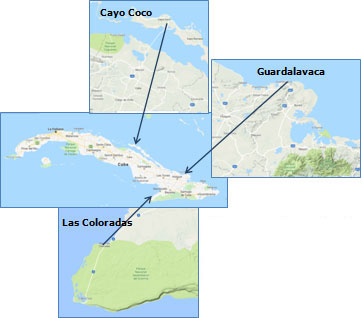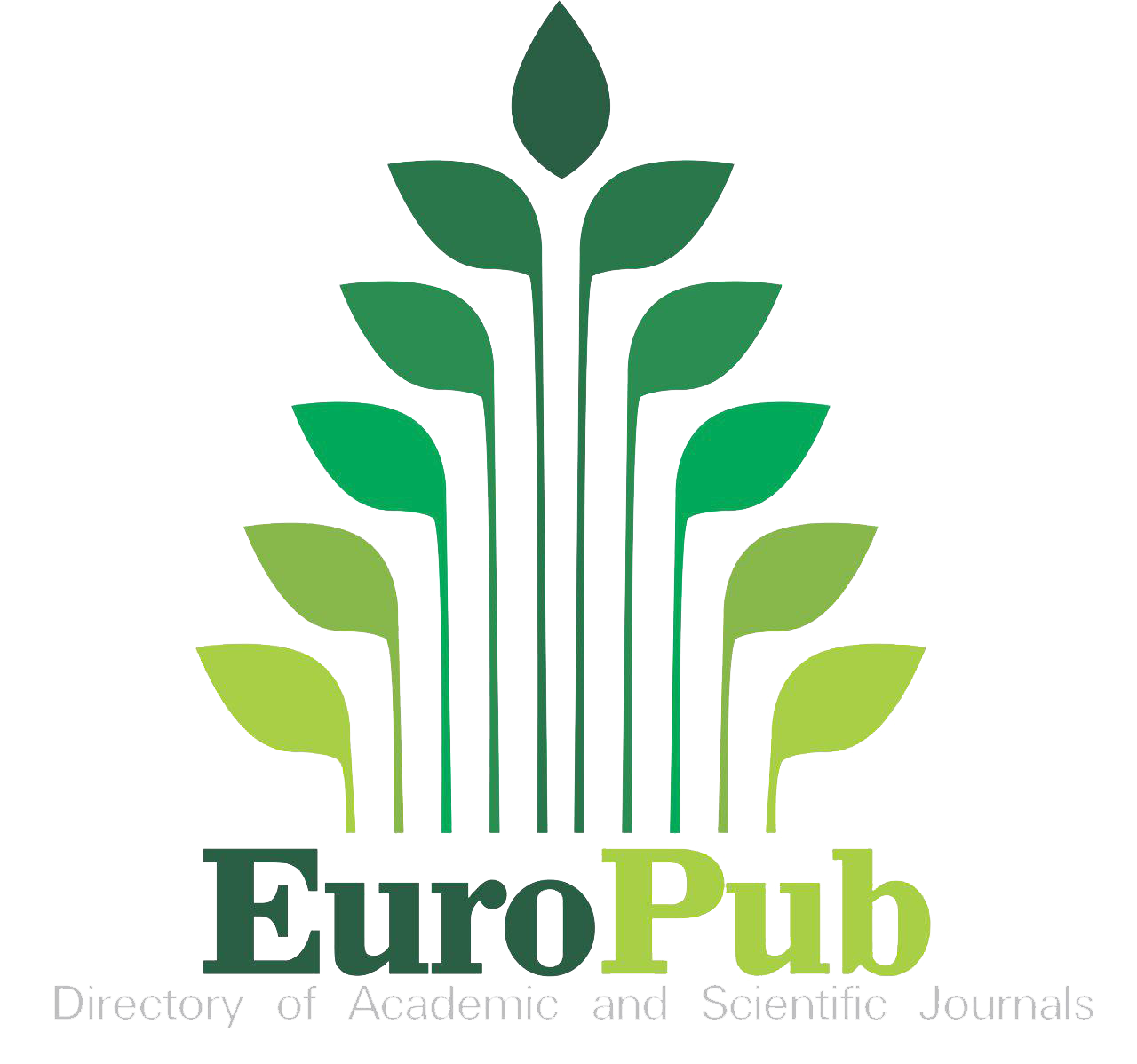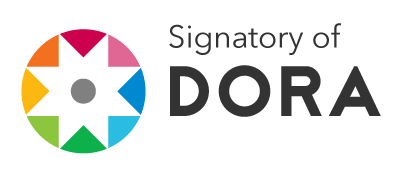
Morphological and physiological variability of Coccoloba uvifera (L.) L. fruits and seedlings from three coastal ecosystems of Cuba
Abstract
Keywords
References
Bandou E., Lebailly F., Muller F., Dulormne M., Toribio A., Chabrol J., Courtecuisse R., Plenchette C., Prin Y., Duponnois R., Thiao M., Sylla S., Dreyfus B. and & Bâ A. (2006). The ectomycorrhizal fungus Scleroderma bermudense alleviates salt stress in seagrape (Coccoloba uvifera L.) seedlings. Mycorrhiza (2006) 16:559–565. DOI 10.1007/s00572-006-0073-6
Castañeda I. (2012). Coccoloba howardii (Polygonaceae), a new species from Cuba. Willdenowia 42. 95-98 pp.
Cuni, A., De Smedtb, S, Haqa, N. and Samson R. (2011). Variation in baobab seedling morphology and its implications for selecting superior planting material. Scientia Horticulturae. 130. 109–117.
Instituto de Geografía de la Academia de Ciencias de Cuba. 1989. Nuevo Atlas Nacional de Cuba.Eitorial Academia de Ciencias de Cuba e Instituto Cubano de Geodesia y Cartografía, La Habana.
Jamnadass, R., Lowe, A.J., Dawson, I., 2009. Molecular markers and the management of tropical trees: the case of indigenous fruits. Trop. Plant Biol. 2, 1–12.
Leakey, R., Tchoundjeu, Z., Schreckenberg, K., Simons, A.J., Shackleton, S., Mander, M., Wynberg, R., Shackleton, C.M., Sullivan, C., (2007). Trees and markets for agroforestry tree products: targeting poverty reduction and enhanced livelihoods. In: Garrity, D., Okono, A.M., Parrott, S. (Eds.), World Agroforestry in the Future. World Agroforestry Centre, Nairobi, pp. 11–22.
Little Jr E. and Skolmen R. (2003). Agriculture Handbook. College of Tropical Agriculture and Human Resources, University of Hawaii no. 679.
Maes, W.H., Achten, W.M.J., Reubens, B., Raes, D., Samson, R., Muys, B. (2009). Plant–water relationships and growth strategies of Jatropha curcas L. seedlings under different levels of drought stress. J. Arid Environ. 73, 877–884.
Moreno S., Crescente O., Henriquez W., Liendo G., Herrera H. (2008). Three constituents with biological activity from Coccoloba uvifera sedes. CIENCIA 16(1), 84 – 89.
Nageswara Roa, R.C., Talwar H.S. and Wright G.C. (2001). Rapid assessment of specific leaf area and leaf nitrogen in Peanut (Arachis hypogaea L.) using chlorophyll meter. Journal of crop Science 189: 175-182.
Niinemets, U., (1998). Are compound-leaved woody species inherently shadeintolerant? An analysis of species ecological requirements and foliar support costs. Plant Ecol. 134, 1–11.
Parrotta, John A. (1994). Coccoloba uvifera (L.) L. Sea grape, uva de playa. SO-ITF-SM-74. New Orleans, LA: U.S. Department of Agriculture, Forest Service, Southern Forest Experiment Station. 5 p.
Poorter, L., Markesteijn, L., (2008). Seedling traits determine drought tolerance of tropical tree species. Biotropica 40, 321–331.
Sorkheh K. y Khaleghi E. (2016). Molecular characterization of genetic variability and structure of olive (Olea europaea L.) germplasm collection analyzed by agromorphological traits and microsatellite markers. Turk J Agric For 40: 583-596.
Williams, M.J. (2007). Native Plants for Coastal Restoration: What, When, and How for Florida. USDA, NRCS, Brooksville Plant Materials Center, Brooksville, FL. 51p. (http://www.fl.nrcs.usda.gov/programs/pmc/flplantmaterials.html)
Refbacks
- There are currently no refbacks.
Copyright (c) 2018 Raúl C. López-Sánchez, Ernesto Gómez-Padilla, Bettina Eichler- Löbermann, Roeland Samson, Patrick Van Damme

This work is licensed under a Creative Commons Attribution-NonCommercial 4.0 International License.

























